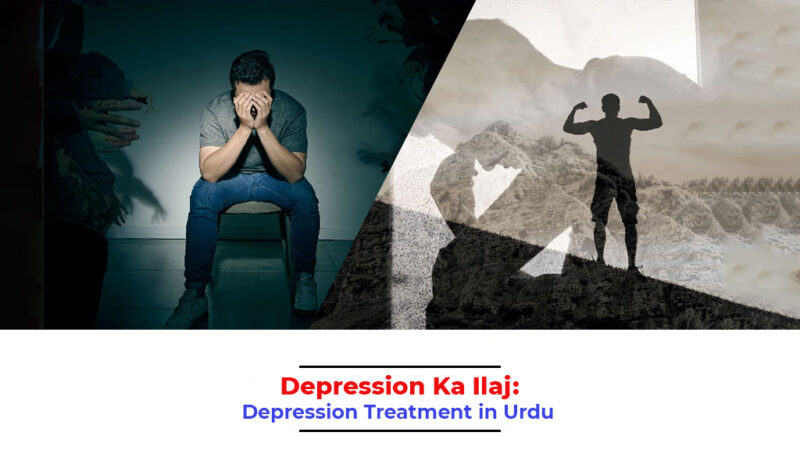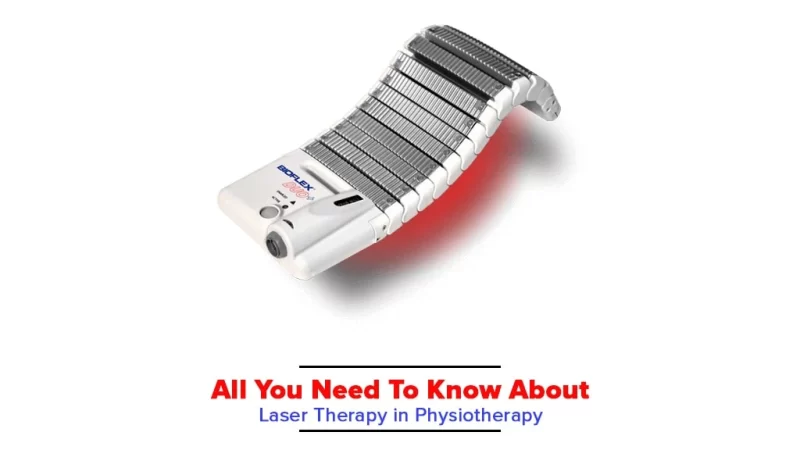
A Complete Guide To Diabetes Wound Healing And Treatment
Diabetes is one of the most common disorders experienced by individuals worldwide.
Diabetic patients are at the highest risk of suffering from wounds and chronic ulcers. These wounds mostly occur due to the breakdown of the skin which results in exposure of underneath skin layers.
Diabetes wound healing and care is essential for the well-being of patients. And for that, you need to have proper guidelines and treatment options.
In this article, you will have a deep insight into diabetes wound healing, its causes, treatment, and reasons for delayed wound healing in diabetes.
But first, we will have an insight into how diabetes affects your health to understand the causes of wound formation in a better way.
How Diabetes Affects Your Body?
Diabetes disables the body to make insulin or makes it resistant to insulin. Also, when you have diabetes, your body produces enzymes and hormones that make your immune system less effective and this causes various health problems.
Insulin is a hormone that produces energy by permitting the cells to take and utilize glucose from the bloodstream.
The function of white blood cells becomes disabled completely if the blood glucose level remains high most of the time. White blood cells play a crucial role in the body’s immune system. If they don’t work properly, they will reduce the body’s ability to oppose bacterial invasion in the body and close wounds.
Proper blood flow in the body is very important for the body to perform functions, but diabetics mostly have improper blood flow thus blood does not flow quickly and wounds do not get proper nutrients, as a result, injuries take very long to heal or do not heal.
Apart from many other impairments, diabetes also causes nerve damage or neuropathy, which influences the recovery or healing of wounds. Neuropathy is basically caused by fluctuating blood glucose levels resulting in the immobilization of sensations in that particular area.
It means that diabetics suffering from trauma are not familiar with the impairment and infection risk that increased due to the lack of healing process.
Type 1 or type 2 diabetic patients are more susceptible to bacterial infection in the wounded area.
Diabetes And Its Effects On Wound Healing
When you have diabetes, your body starts producing enzymes and hormones that are not needed and hence affect your overall health. Your immune system weakens and that is why if a wound is developed, it doesn’t heal properly. This is why the wound-healing process in diabetics is slower than in healthy people.
As the wound doesn’t heal properly, there is a high chance of developing an infection also. This worsens the situation and results in delayed wound healing in diabetes.
Slow wound healing and infection make it difficult for the body to get proper nourishment and you feel feeble and lazy most often.
Causes Of Delayed Wound Healing In Diabetes
There are many causes of delayed wound healing in diabetes but generally, the diabetes wound healing process slows down as the body fails to react to the natural healing mechanism and related biological processes.
Impaired healing in diabetes is the result of complex pathophysiology involving vascular, neuropathic, immune, and biochemical components. The abnormality and imbalance in these components result in delayed wound healing.
Neuropathy
Peripheral neuropathy can occur due to consistent imbalance of blood sugar levels. This affects certain nerves, especially in hands and feet. You might lose sensation altogether and not feel any wounds and pain.
Management of peripheral neuropathy can be done by keeping a check on your blood sugar levels and treating the condition by consulting a specialist.
Poor blood flow
Poor blood flow occurs due to arteriosclerosis which can result in diabetic ulcers.
Venous insufficiency
Venous insufficiency occurs when the valves of the leg veins are non-functional resulting in sluggish blood flow or congestion. These wounds can also occur due to kidney failure, hypertension, clotting disorders, lymphedema where the fluid builds up within the legs, or inflammatory conditions.
High blood sugar levels
High blood sugar level is the primary cause of slow wound healing as high blood sugar level means that your body is not getting sufficient nutrients and the immune system isn’t active enough to recognize wounded cells and heal them.
Infection
Higher blood sugar levels weaken the immune system and this means you are prone to viral and bacterial infections. These infections worsens a wound and thus healing becomes slower.
Risk Factors
Diabetic ulcers can also occur due to genetic conditions, malignancy, infections, certain drugs, smoking, or external pressure during sleep.
Risks Factors are:
- Abnormal sweating
- Scaly and dry skin
- Infection in toenail
- Foot impairments like the charcoal foot
Diabetics also disturb the process of wound healing by other methods such as:
- Less assemblage growth and healing hormones
- Reduced assemblage and restoration of new blood vessels
- Decreased collagen manufacture
- Enfeeble skin barrier
Also Read: Avoid These 9 Common Diabetes Myths In Pakistan
Complications of wound healing in diabetes
Diabetic wounds turn into either one form of the following infections due to complications:
Cellulitis
During cellulitis, tender, non-raised, and erythematous skin lesions are formed which might occur at times with lymphangitis. Cellulitis occurs due to Staphylococcus Aureus or Streptococcal infections.
Acute osteomyelitis
During acute osteomyelitis, peripheral neuropathy might be present. Regional adenopathy and fever might also be associated with acute osteomyelitis.
Chronic osteomyelitis
Chronic osteomyelitis is usually associated with low-grade fever, lymphangitis might not be seen while discharge is commonly present with a foul odor. In chronic osteomyelitis, penetrating and deep ulcers are formed along with sinus tracts.
Deep-skin or soft-tissue infections
The patient feels ill during this condition with painful induration present within the soft tissues. Wound discharge is absent in such infections which are of mixed type. The patient feels extreme tenderness and pain in such types of diabetic wound infections. The discharge from these wounds usually occurs with a foul odor.
Diabetes wound healing after surgery
Diabetics can take longer when it comes to surgical wound healing. This is because the immune system becomes weak and the body cannot heal wounds in a normal way. Slow healing can increase the chances of infection of surgical incision as well. This is why it’s extremely important to talk to your surgeon beforehand and get proper guidelines on incised wound treatment options and care after surgery.
How can a diabetic wound heal faster?
Diabetic wounds result in chronic pain, pus discharge, foul odor, dead tissue formation, numbness, chills, fever, and ultimately severe infection.
Diabetic wounds should be treated and healed immediately as they can result in non-healing ulcers.
But the fact is diabetic wounds tend to heal slowly, but you should look for a proper treatment line that makes your wound heal. Leaving wounds as such can cause severe pain and deep injuries.
Let’s look into ways that help encourage diabetes wound healing.
Diabetic wound care home remedies
- Cleanse your wound with water daily
- Make sure your wounds remain dry all the time. Use alcohol swabs to dry and disinfect it
- Apply antibiotic ointments as and when required or prescribed by your doctor
- Do regular self-checks to make sure your wound isn’t infected
- Keep pressure off of the wound area
- Keep dressings fresh
- Remove dead tissue regularly
Foods for diabetic wound healing
Diabetes wound healing and nutrition are closely related. You should consume nutritional food that helps heal wounds and strengthens your immune system. These foods are:
- Protein-rich food such as fish, eggs, chicken, and milk
- A high-fiber diet that includes green vegetables and whole-grain cereals
- Carbohydrates that aren’t processed. You can take bran bread, barley, and any other whole-grain bread.
Glucose control is the key to wound healing in diabetes.
Read more about the right food choices for diabetics with a proper diet plan.
Stay Active
Alongside a proper diet, exercising regularly should be carried out to lose weight and help increase insulin sensitivity, which allows your body to maintain healthy sugar levels.
Here are 10 exercises for diabetic patients you can include in your daily regime.
Keep yourself active to regulate blood throughout the body and make sure your wound gets healed properly. Staying active can help heal the wound faster by providing necessary white blood cells and platelets that help in healing.
Types of dressing for diabetic wound care
For diabetic wound care at home, you need to keep your wounds properly cleaned with appropriate wound dressing. The wound dressings for diabetic wounds include:
Biatain Foam
It is a pliable, soft dressing that guards the wound against infection and bacterial invasion. The inner foam part of this dressing absorbs the fluids from the wounds allowing rapid healing. This dressing locks down the wound secretions and offers a moist atmosphere to the wound resulting in the accelerated healing process.
Seasorb Soft Algiform
These dressings are obtained from seaweed. It maintains a favorable environment for rapid wound healing. These dressings are made up of a mixture of carboxymethylcellulose and alginate fibers leading to complete absorption and pain-free removal. These dressings work well for wounds with severe exudate formation.
Coapa Foam
This dressing is soft, flexible, and contains an antimicrobial agent i.e. polyhexamethylene biguanide. This agent binds to the outer membrane of bacteria resulting in its death. The dressing then prepares a sterile field for the wounds to result in accelerated healing.
Kerlix
This dressing is highly recognized for wound care. The dressing is made up of woven gauze that is fluff-dried and prewashed. It cushions the wound area and offers a fast-wicking effect which pulls the exudate from the diabetic wounds. This dressing is absorbent and airy for the wound.
Quit Smoking
Smoking is bad but it’s worse if you’re diabetic. Stay away from cigarettes as smoking can further weaken your immune system and this might result in delayed wound healing in diabetes.
Read Also: Best Multivitamins For Diabetes In Pakistan
Laser treatment for wound healing by BioFlex Pakistan
BioFlex laser therapy is an effective means of diabetic wound healing with various studies conducted on the subject.
It is a non-invasive and pain-free procedure that heals wounds most appropriately.
Laser therapy also aids those patients suffering from (diabetic peripheral) neuropathy. Get treatment now with laser therapy for neuropathy in Pakistan.
Diabetic ulcers are treated with lasers in such a way that it results in the stimulation of epithelization over the wound surface, improves arterial perfusion, and leads to the regeneration of regional and local tissues surrounding the wound. As a final bonus, it also aids in the control of diabetic infections.
Read more about how laser therapy is done at our pain management clinic by experienced doctors for diabetes wound healing and get your treatment done today.


